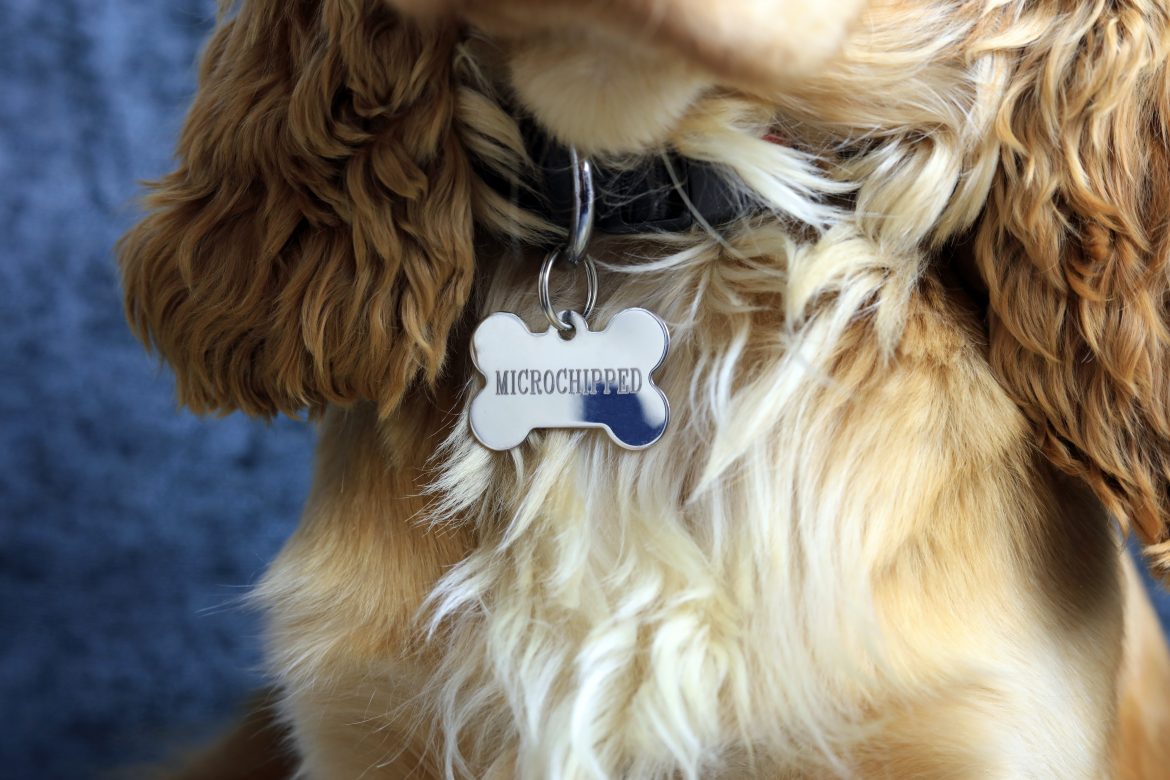In this article, we’ll dig into the details you need to know about how pet insurers identify your pet, plus how microchips work.
When it comes to pet insurance, there are a few things you need to take into consideration and understand to get the most out of your insurance policy. A question many pet parents ask is how pet insurers identify your pet. In this blog, we’ll break down everything you need to know, plus give you some fun facts about how microchips work.
Microchipping and Pet Insurance
Do I have to microchip my pet?
Some insurers make it compulsory, but with Oneplan Pet Insurance, all you need to do is snap a cute selfie of your furry bestie and upload it to the Oneplan App under the My Information section. Although they don’t force you to microchip your pet, they do encourage you to do so as this is a great way to locate Buster or Whiskers should they decide to wander about. This means that Oneplan prefers for pets to be identifiable via a microchip, but it’s up to you.
Does pet insurance cover microchipping?
Microchipping is on your own account and is not covered by a pet insurance plan.
Read more: Does Pet Insurance Cover Everything? Crucial Things To Know
What if I don’t want to microchip my pet?
If microchipping is not for you, then you can just upload a clear photo of your pet to the Oneplan App. Otherwise, Oneplan also accepts a registered unique identifying mark or birthmark of your pet. Occasionally, they may ask you to upload a photo of your pet to confirm a claim. However, microchipping is a great and affordable way to ensure your pet is returned to you if he or she gets lost somehow. It’s the smart thing to do and will put your mind at ease!
Fun facts on microchipping
The great thing about microchipping your pet is that you can rest easy knowing that if your beloved furry family member decides to go walkabout, your chances of being reunited are much higher if he or she is microchipped.
How do microchips help me find my pet?
A microchip is a Radio-Frequency Identification Implant (RFID) that stores information. RFID was originally created as an espionage tool used by the Soviets, but today, the technology is most commonly used to identify our pets. RFID uses radio waves to transmit data between 2 devices, these being the chip and the scanner. The chip only stores the data and does not transmit the data. The size of the chip is about the same size as a grain of rice.
When a microchip is implanted under your pet’s skin, a handheld scanner is waved over the area to read the radio frequency of the chip and display the relevant information on a screen, this is often a unique registration number or code. Once the code or number is determined, the chip company will be contacted. They will then look up the unique registration number and share the contact information registered with that number, which is typically your name and phone number, so that you can be contacted should your missing pet be found.
Is a microchip the same thing as a tracking device?
A microchip does not work in the same way as a tracking device or GPS, which means that there is no “find my pet” functionality. A microchip is not a tracking device, so it will not allow for you to locate your pet.
What happens when my pet goes missing?
If your precious pet goes missing, then the following process typically takes place:
- Your lost pet is found by someone who takes him or her to a shelter or vet clinic.
- Your pet will then be examined to find out if there is a collar or tag to identify your pet and you as the owner. If there is a tag with your details on it, they will give you a call to inform you that your pet has been found.
- If there is no tag or collar, then your pet will be scanned with a handheld microchip scanner. Once the chip is found (if there is one), the code or unique registration number will be displayed on the scanner screen. At this point, the company that the chip is registered to will be contacted to find the owner’s contact information. If the chip is not registered to you and only to the shelter who placed the chip or your vet’s office, then this facility will be contacted. The problem here is that if your pet is found after hours or on a holiday, it might prove difficult to contact the facility.
Microchipping top tips:
- Microchip and tag your pet! All dogs and cats should be microchipped. Even if your pet does not venture outside too often, you never know when they might escape.
- Register your pet with your name and contact number.
- Ask your vet to periodically check your pet’s chip by scanning it to ensure it is still working.
- Always make sure to update your contact information and address if anything changes so that your pet’s registration details are updated.
Until next time,
The petinsurance.co.za Team
Read this next: 3 Reasons Why Outdoor Dogs Need Pet Insurance



